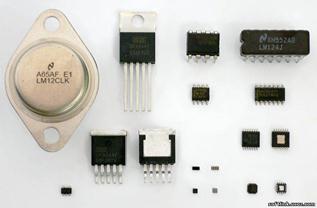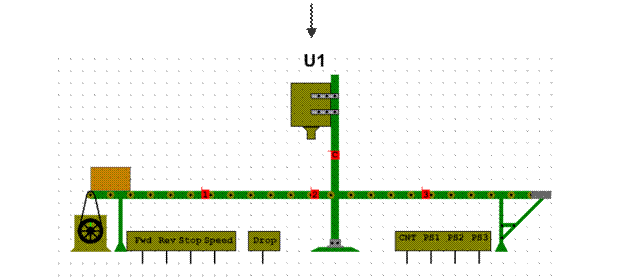Using alias directives
A using-alias-directive introduces an identifier that serves as an alias for a namespace or type within the immediately enclosing compilation unit or namespace body. using-alias-directive: Within member declarations in a compilation unit or namespace body that contains a using-alias-directive, the identifier introduced by the using-alias-directive can be used to reference the given namespace or type. For example: namespace N1.N2 namespace N3 class B: A {} Above, within member declarations in the N3 namespace, A is an alias for N1.N2.A, and thus class N3.B derives from class N1.N2.A. The same effect can be obtained by creating an alias R for N1.N2 and then referencing R.A: namespace N3 class B: R.A {} The identifier of a using-alias-directive must be unique within the declaration space of the compilation unit or namespace that immediately contains the using-alias-directive. For example: namespace N3 namespace N3 Above, N3 already contains a member A, so it is a compile-time error for a using-alias-directive to use that identifier. Likewise, it is a compile-time error for two or more using-alias-directives in the same compilation unit or namespace body to declare aliases by the same name. A using-alias-directive makes an alias available within a particular compilation unit or namespace body, but it does not contribute any new members to the underlying declaration space. In other words, a using-alias-directive is not transitive but rather affects only the compilation unit or namespace body in which it occurs. In the example namespace N3 namespace N3 the scope of the using-alias-directive that introduces R only extends to member declarations in the namespace body in which it is contained, so R is unknown in the second namespace declaration. However, placing the using-alias-directive in the containing compilation unit causes the alias to become available within both namespace declarations: using R = N1.N2; namespace N3 namespace N3 Just like regular members, names introduced by using-alias-directives are hidden by similarly named members in nested scopes. In the example using R = N1.N2; namespace N3 class B: R.A {} // Error, R has no member A the reference to R.A in the declaration of B causes a compile-time error because R refers to N3.R, not N1.N2. The order in which using-alias-directives are written has no significance, and resolution of the namespace-or-type-name referenced by a using-alias-directive is not affected by the using-alias-directive itself or by other using-directives in the immediately containing compilation unit or namespace body. In other words, the namespace-or-type-name of a using-alias-directive is resolved as if the immediately containing compilation unit or namespace body had no using-directives. A using-alias-directive may however be affected by extern-alias-directives in the immediately containing compilation unit or namespace body. In the example namespace N1.N2 {} namespace N3 using R1 = E.N; // OK using R2 = N1; // OK using R3 = N1.N2; // OK using R4 = R2.N2; // Error, R2 unknown the last using-alias-directive results in a compile-time error because it is not affected by the first using-alias-directive. The first using-alias-directive does not result in an error since the scope of the extern alias E includes the using-alias-directive. A using-alias-directive can create an alias for any namespace or type, including the namespace within which it appears and any namespace or type nested within that namespace. Accessing a namespace or type through an alias yields exactly the same result as accessing that namespace or type through its declared name. For example, given namespace N1.N2 namespace N3 class B the names N1.N2.A, R1.N2.A, and R2.A are equivalent and all refer to the class whose fully qualified name is N1.N2.A. Using aliases can name a closed constructed type, but cannot name an unbound generic type declaration without supplying type arguments. For example: namespace N1 namespace N2 using X = N1.A.B; // Error, cannot name unbound generic type using Y = N1.A<int>; // Ok, can name closed constructed type using Z<T> = N1.A<T>; // Error, using alias cannot have type parameters
|




